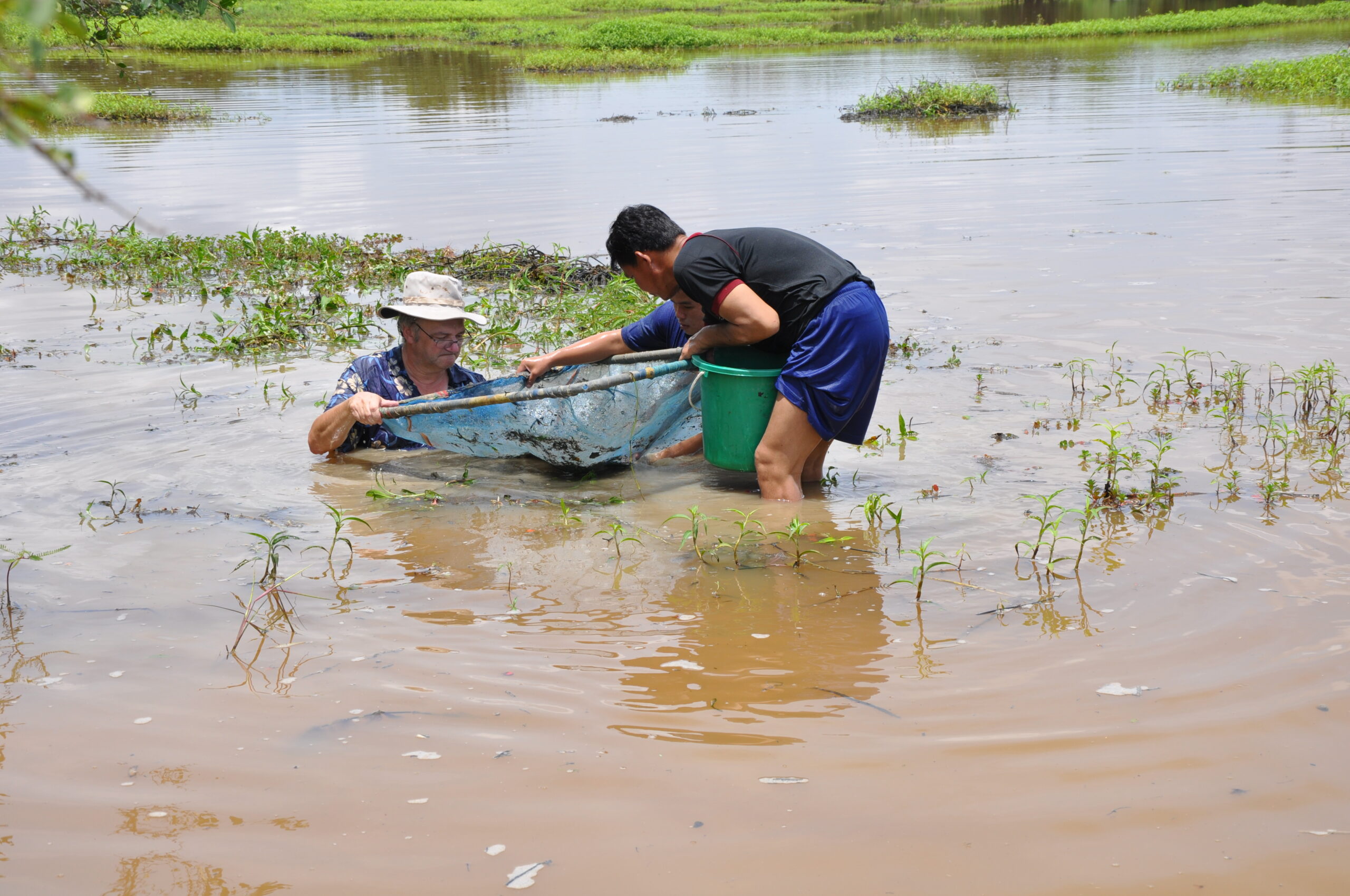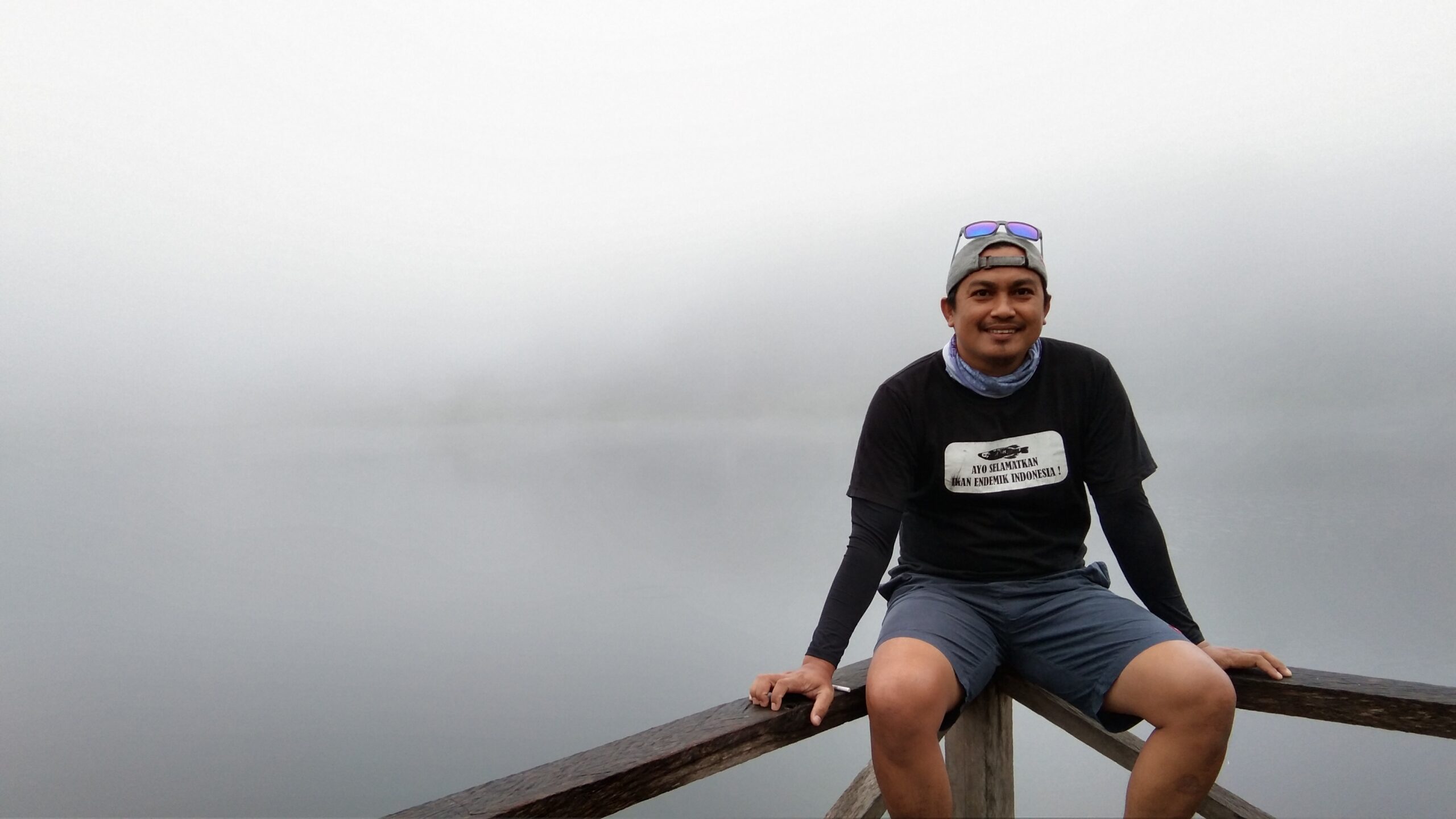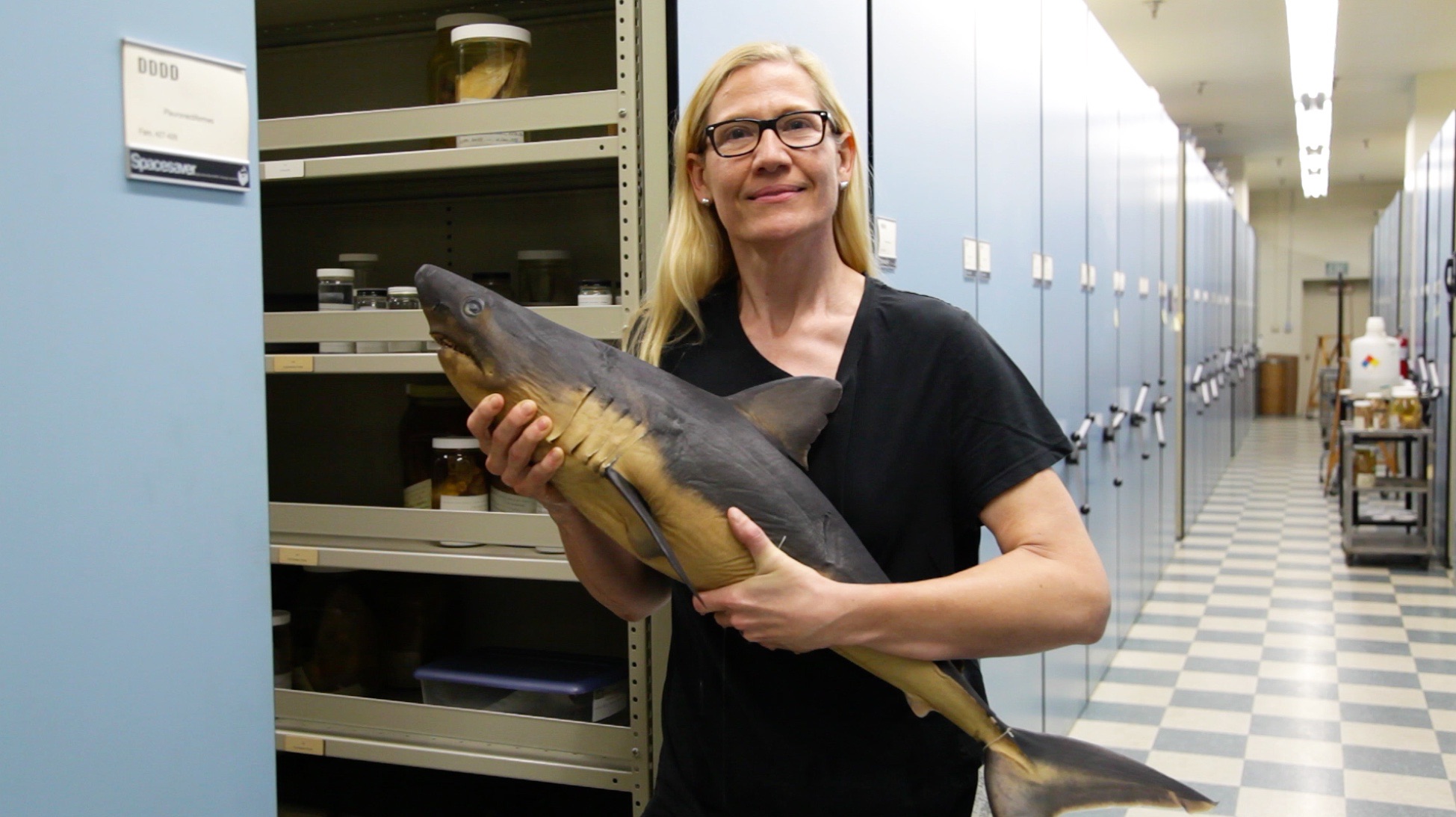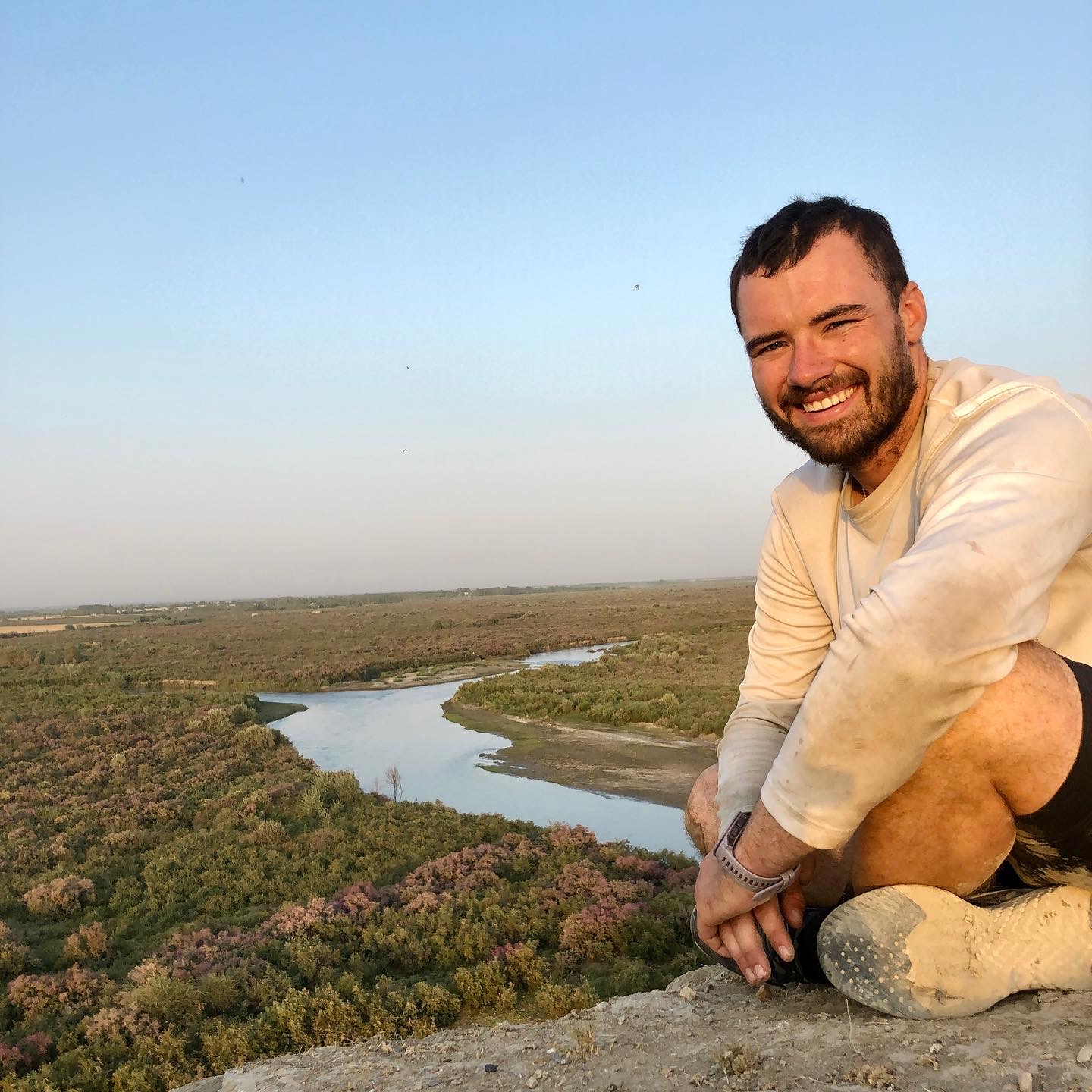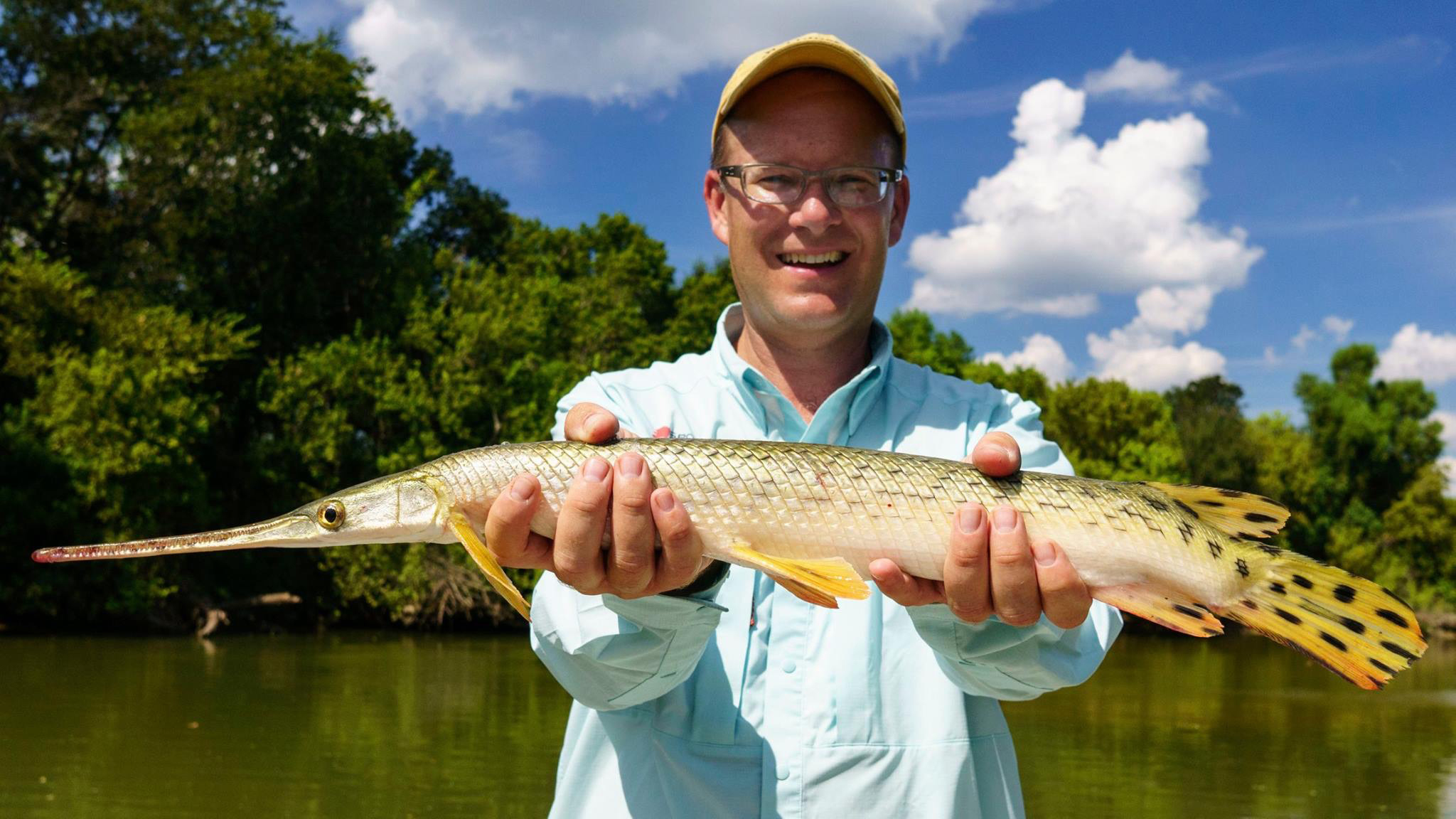Interview with Roberto E. Reis (New Species)
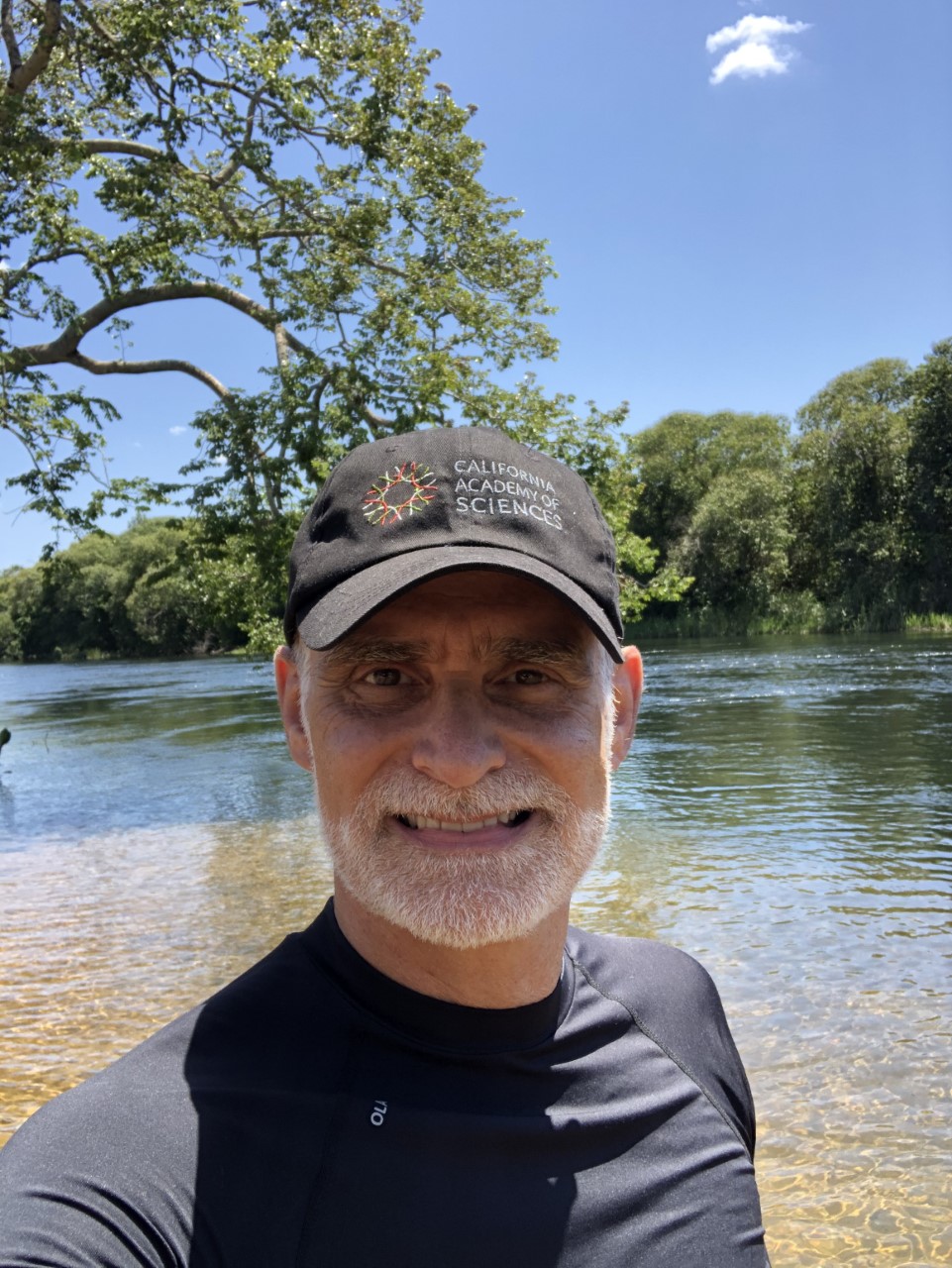
© Roberto Reis
Roberto Esser dos Reis, is a Brazilian ichthyologist, professor and Curator of Fishes at the Pontifical Catholic University of Rio Grande do Sul. With his students and collaborators, he has described 151 new taxa (including 139 new species), 17 new genera, and one new subfamily of fish.
In 2022 alone, he described eight species and one genus of freshwater fish, which are highlighted in New Species 2022. He also discovered a further six freshwater fish species that will likely be described over the coming years.
What do you most enjoy about discovering and describing species?
ROBERTO: What moves me is revealing undetected biodiversity and studying their phylogenetic relationships. Discovering and describing new species completes our knowledge about the diversity of life on Earth and allows for adequate conservation planning. Revealing their phylogenetic relationships – the part I like the most – uncovers the diversification of the group and brings to light explanations on evolution, biogeography and phylogeography of organisms.
Can you talk about the process of describing a species?
ROBERTO: This is not a simple process. It usually takes many years of detailed study of a museum or other biodiversity collection, careful fieldwork, and lots of reading of specialised literature.
Once you have the expertise, you must compare newly collected specimens (or those residing in a collection) with type-specimens (those previously used to describe species) and published descriptions. Then you will be able to find the subtle differences that can tell independent evolutionary lineages (i.e. species) apart.
In the last 20 or so years, the possibility of using DNA segments to help this process has improved our ability to detect such lineages and demonstrate they are evolving independently. This is the process of discovering undescribed diversity. Describing and publishing is a much simpler process that also requires some expertise and training. I am proud of having trained many grad students in both parts of the process.
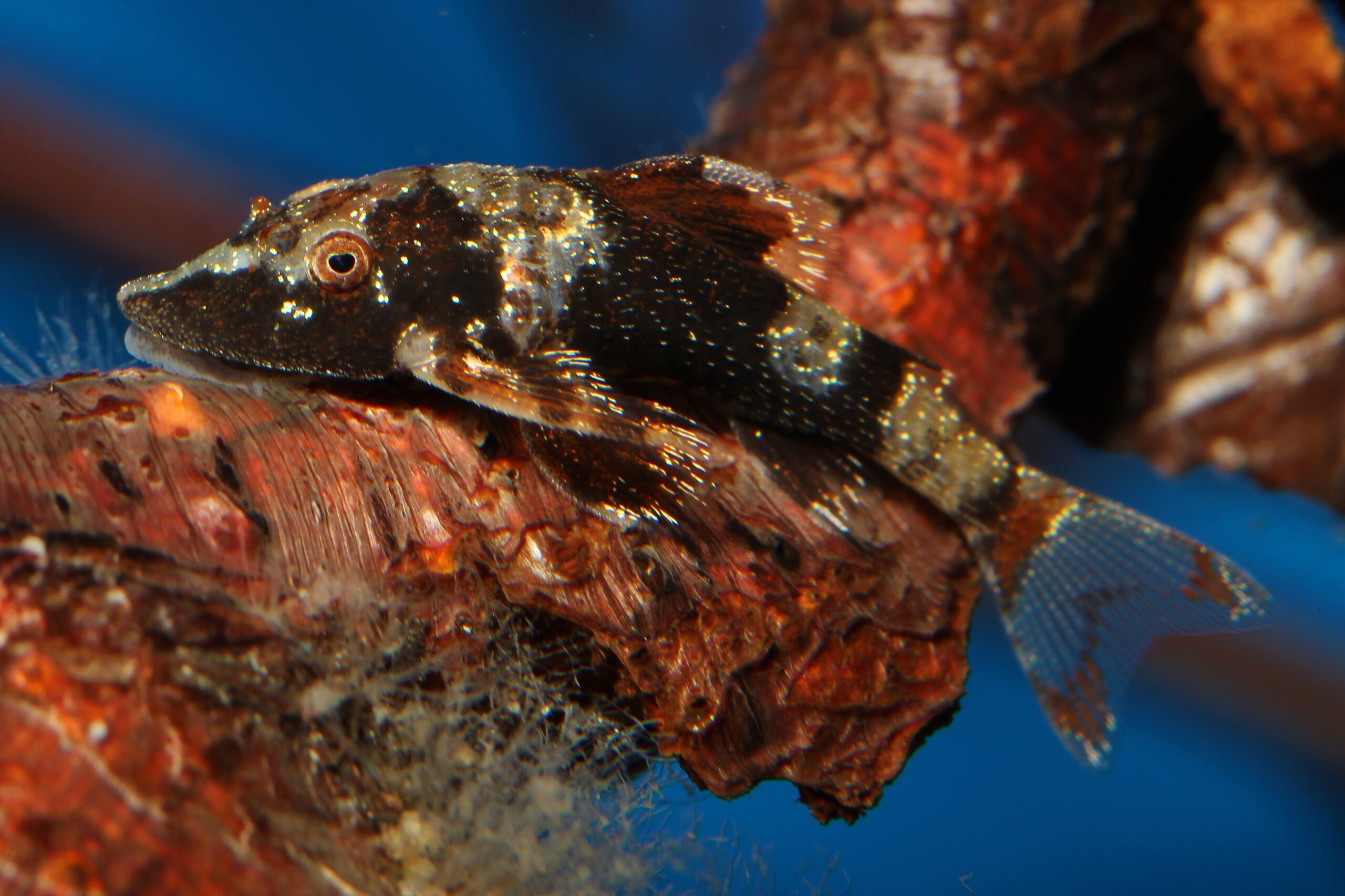
© Roberto Reis
Can you talk through a particularly memorable species discovery?
ROBERTO: Back in 2003 I was conducting fieldwork in the Ucayali River in Peru, and I knew from European aquarium magazines of a new species of Otocinclus (a small suckermouth catfish) from that region. I spent around two weeks looking for this and other fishes and could not find it. At the end of the expedition, I was with my team at the harbor in Jenaro Herrera to take the boat back to Iquitos, and suddenly a local fish collector for the aquarium trade arrived at the harbor with dozens of flat, wooden trays coated with plastic, obviously carrying ornamental fishes to sell to the aquarium fish exporters in Iquitos. I asked permission and started peeking at each tray and eventually found one full of the new Otocinclus I was looking for! They were collected in a nearby creek and lake which I was not aware of! I then purchased some 30 specimens from the fisher, preserved them during the boat trip, and used those specimens to describe Otocinclus Cocama – a very beautiful fish!
Are there any characteristics of a place that make it more likely to have undescribed or undiscovered species living there?
ROBERTO: Well, this is a tricky question. Obviously, I would expect unexplored areas (like the eastern Amazon, or the southern Orinoco basin) to have more unknown species. This is generally true. However, I can show you several papers, some by myself, describing new species from areas heavily sampled during the last 200 years!
At this very moment I am conducting a study describing five new species of another group of suckermouth catfish from the upper Uruguay River in south Brazil, an area that my team have collected heavily for about 30 years. Most of the fishes were already pickled and sitting on a shelf in our own museum, but are so far undetected as undescribed. It’s a matter of being able to detect them.
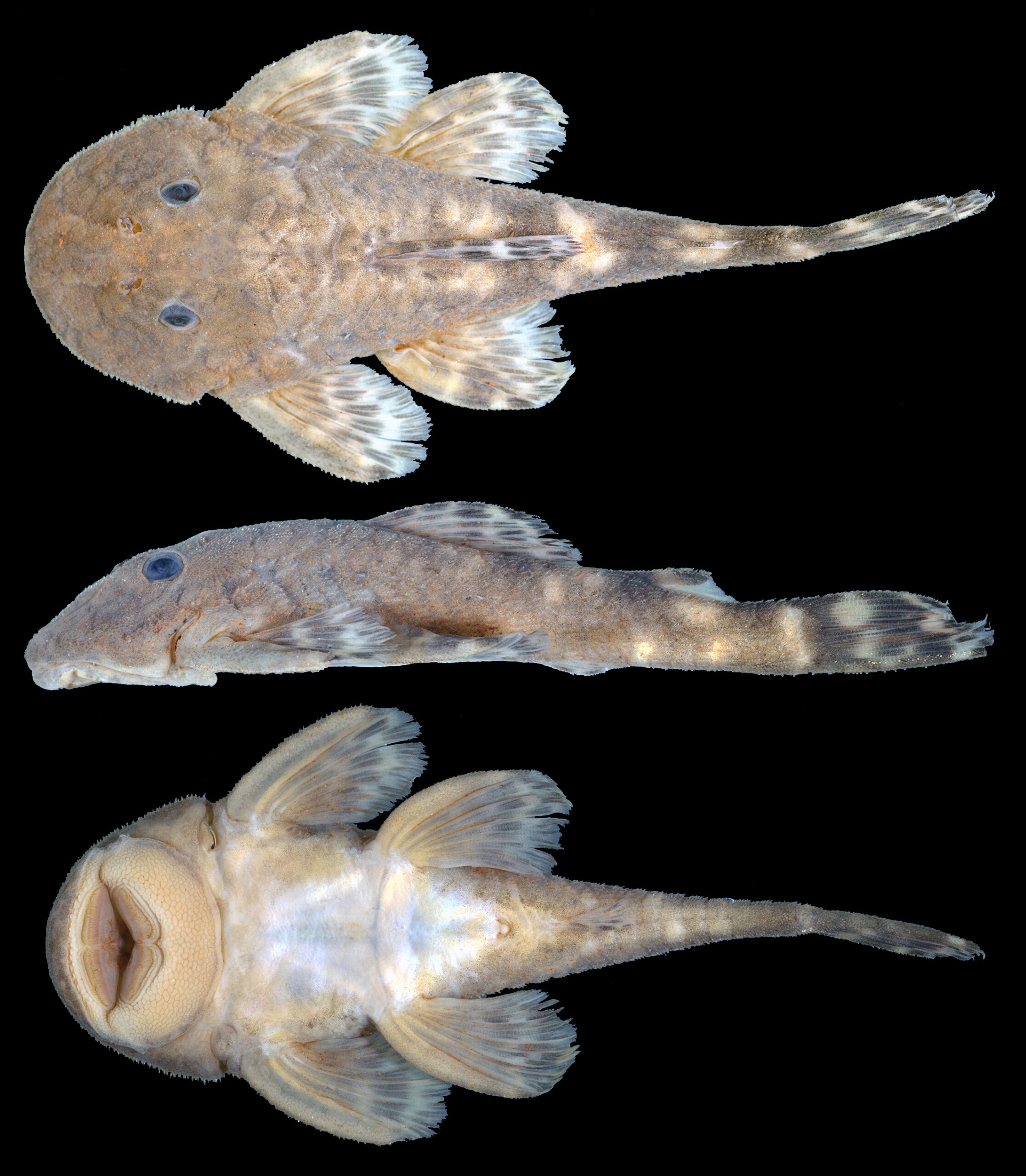
© Roberto Reis
Can you estimate how many species may yet be discovered and described in South America, and the world?
ROBERTO: Fish is a big group with about 36,400 species today. Approximately half are freshwater and half are marine. In the last 20 years or so, an average of 104 new species are described for the Neotropical region alone. In 2016 I published with colleagues an article showing that we had in South America some 5,160 freshwater fish species, and we estimated a final diversity between 8,000 and 9,000 species.
Sturisoma reisi, one of the notable species in this report, was named after you. Are there other species named after you?
ROBERTO: Yes! A former PhD student described Sturisoma reisi in my honor. As well as that, there is Ancistrus reisi, Phalloceros reisi, Rineloricaria reisi, Scleromystax reisi, and Brachychalcinus reisi. Sturisoma reisi is a very beautiful fish, from the Guaporé River, Madeira River basin, and collected near Costa Marques in the state of Rondônia, Brazil. It’s a really cool fish that lives, as most other suckermouth catfishes, in the bottom of swift creeks and rivers. This particular species can be found more commonly on logs and tree branches fallen into the water.
SHOAL released their annual report New Species 2022 on World Wildlife Day, Friday 3rd March 2023. The report details the 201 species of freshwater fish identified in 2022.

